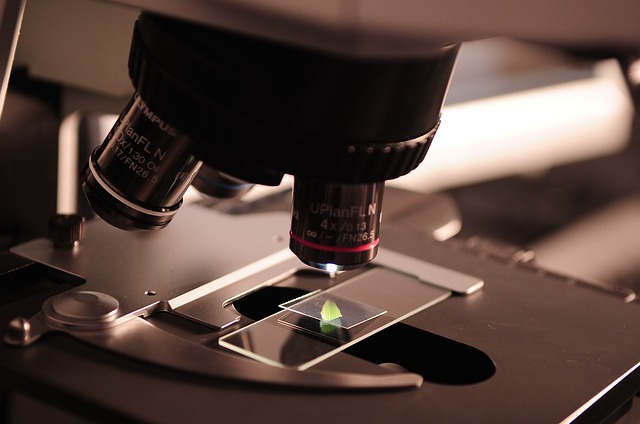Texas Researchers Build Nanoscale Walking Machine from DNA
Whilst the idea of devices roaming our bodies may remind some of a character out of a science-fiction movie, new research into nanoscale machines is far from Terminator status. In fact, University of Texas researchers have developed a nanoscale DNA walking machine that could one day roam the human body in search of cancerous cells.
To expand on this, T exas-based researchers, Cheulhee Jung, Peter B. Allen and Andrew Ellington, have created a nanoscale machine that can randomly walk in any direction across uneven surfaces. Future applications of such a DNA walker are predicted to be a cancer detector that could circulate the human body examining for cancerous cells and tagging them for medical imaging or drug targeting.
exas-based researchers, Cheulhee Jung, Peter B. Allen and Andrew Ellington, have created a nanoscale machine that can randomly walk in any direction across uneven surfaces. Future applications of such a DNA walker are predicted to be a cancer detector that could circulate the human body examining for cancerous cells and tagging them for medical imaging or drug targeting.
The research was published last week in the journal Nature Nanotechnology, where it was revealed that this machine could walk unprogrammed over a DNA-coated surface. Previously, nanoscale walkers were restricted to only being able to walk on one- or two-dimensional paths that were defined and programmed. This walker was able to move 36 steps, and its unsystematic movement is unlike any other motion observed in former studies.
Whilst the research has not progressed yet to the search for a cancer cure, the researchers predict that more immediate practical applications may include deploying the walker in the body as a cancer detector. This would include the DNA walker searching for cancerous cells and amplifying them in order to make them more easily detectable by doctors. The research further projects that there may be implications for future delivery of nanoscale therapeutics. DNA walkers may eventually allow protective cells to walk the surface of organs, perpetually computing whether a cancer is subsisting.
Although it may be a long progress from diagnosing cancer to curing it, researcher Cheulhee Jung highlights the fact that, “all breakthroughs begin with baby steps. Only in this case, they are the steps of a DNA walker.” Nonetheless, innovation such as this will make a huge difference in the lives of patients and how doctors operate in the life science sector. Whether you’re researching nanoscale walking devices or developing a new business prototype, each company has unique levels of research and development utilized within their business. The government encourages businesses within the U.S. to do this by allowing business owners to offset research and development with R&D Tax Credits. Could you be claiming cash back for research and development projects you’ve invested in? Innovation can create new opportunities for your business and allow for the creation of new products or solutions to common problems. Contact us today to see if you are eligible to claim the R&D Tax Relief.
















